According to Resolution No. 60 of the 11th Conference of the 13th Central Executive Committee, it is expected to merge the two provinces of Ha Giang and Tuyen Quang under the name Tuyen Quang province, with the political and administrative center located in the current Tuyen Quang province.
Tuyen Quang province currently has a natural area of 5,867.95 km²; a population of 921,187 people with 22 ethnic groups living together, of which ethnic minorities account for the majority at 58%. After the arrangement of commune-level administrative units in the province, it is expected that Tuyen Quang province will have 51 commune-level administrative units, including 46 communes and 5 wards.
Ha Giang province currently has a natural area of 7,927.56 km2; a population of 944,083 people with 19 ethnic groups living together, of which ethnic minorities account for the majority with more than 87%. After the arrangement of commune-level administrative units in the province, it is expected that Ha Giang province will have 74 administrative units (72 communes, 2 wards).
After the merger, Tuyen Quang province will have a natural area of 13,795.51 km2 and a population of 1,865,270 people. The merger will create a new development space for the province, which is known for its long history as the resistance capital (Tuyen Quang) and its heritage value and unique cultural tourism products (Ha Giang).
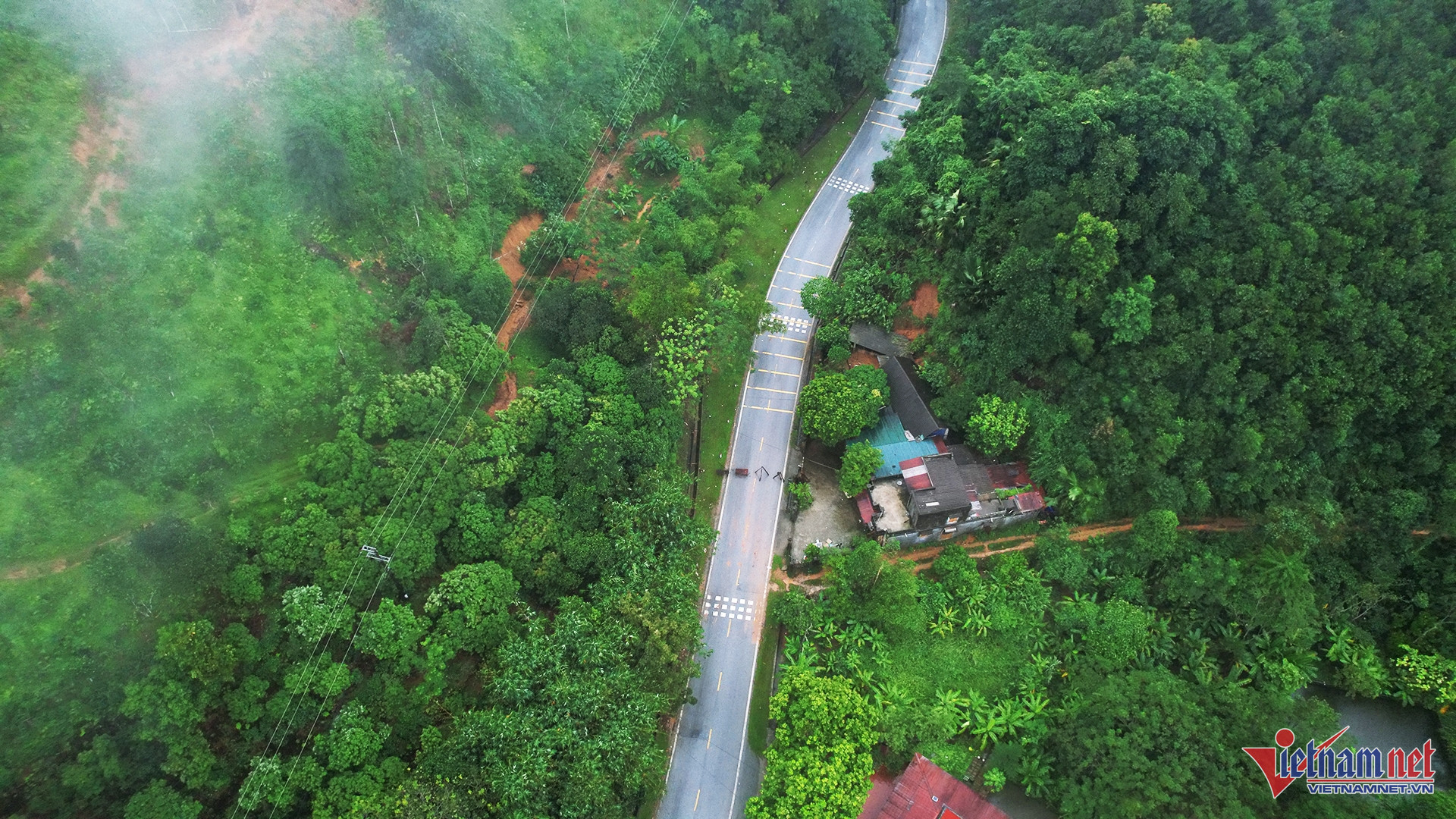
National Highway 2, the vital route connecting the two provinces of Tuyen Quang and Ha Giang. Photo: Duc Hoang
National Highway 2, a vital route of more than 300 km, is an important link between Hanoi and the provinces of Vinh Phuc, Phu Tho, Tuyen Quang and Ha Giang. Of which, the section from Tuyen Quang City to the end of Thanh Thuy border gate, Vi Xuyen district (Ha Giang) is 177 km long, and is the only road directly connecting the two provinces.
This is a route that goes through rugged mountainous terrain, with many narrow roads and steep passes. Especially with the high traffic volume, mainly trucks and passenger cars, this route is gradually becoming overloaded.
Because it is the only route, long travel time and high transportation costs have limited the ability to trade and develop the economy of both provinces.
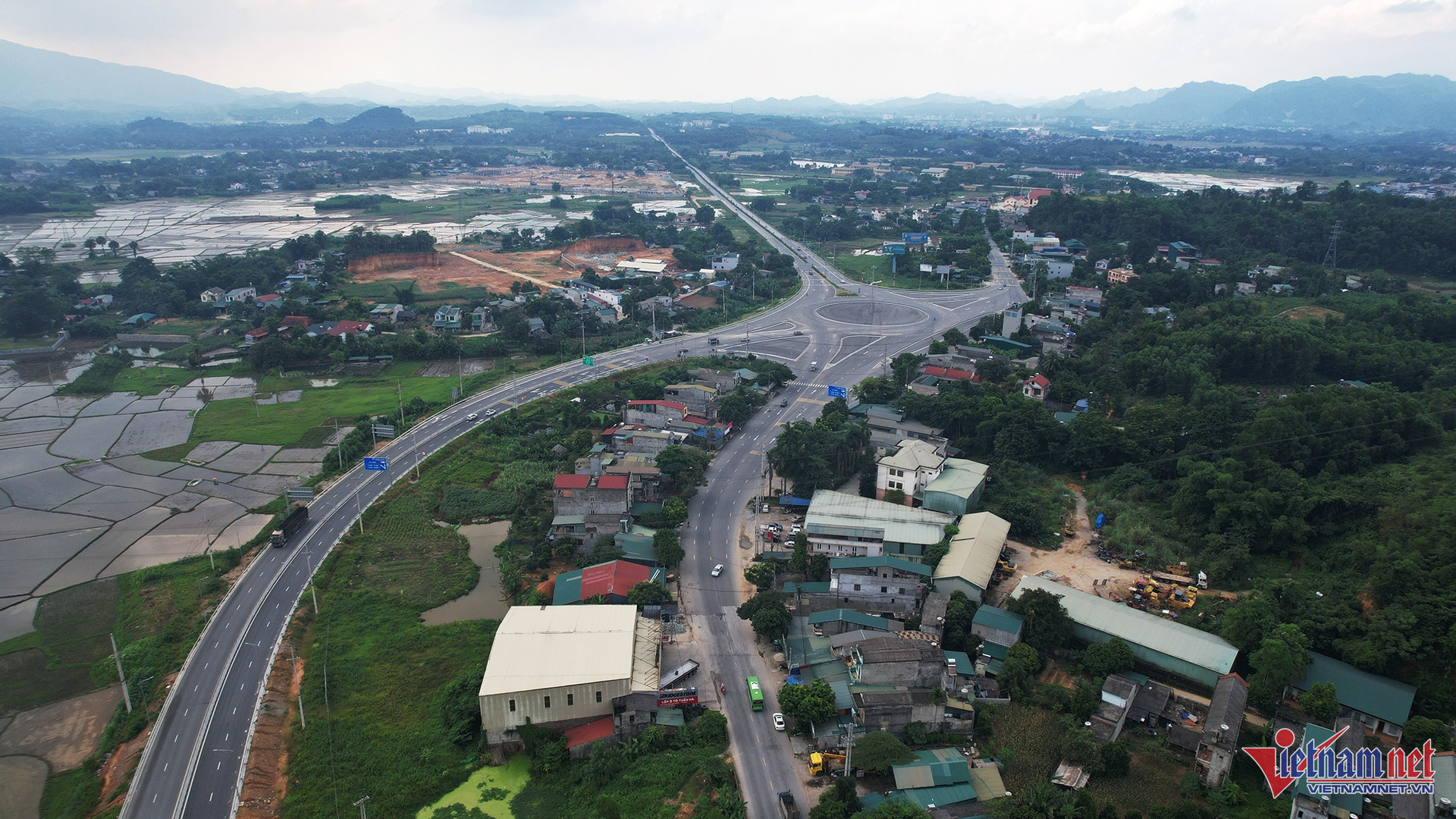
Tuyen Quang - Ha Giang Expressway starts at the Tuyen Quang - Phu Tho Expressway intersection. Photo: Duc Hoang
Currently, to open up a new future for the northern mountainous region, the Tuyen Quang - Ha Giang expressway project is being urgently implemented.
The new expressway is nearly 105km long, of which 77km is in Tuyen Quang province and 27.5km is in Ha Giang province. The starting point is at the intersection of Tuyen Quang - Phu Tho expressway with National Highway 2D, in Nhu Khe commune, Yen Son district, Tuyen Quang province; the ending point is at Tan Quang commune, Bac Quang district, Ha Giang province.
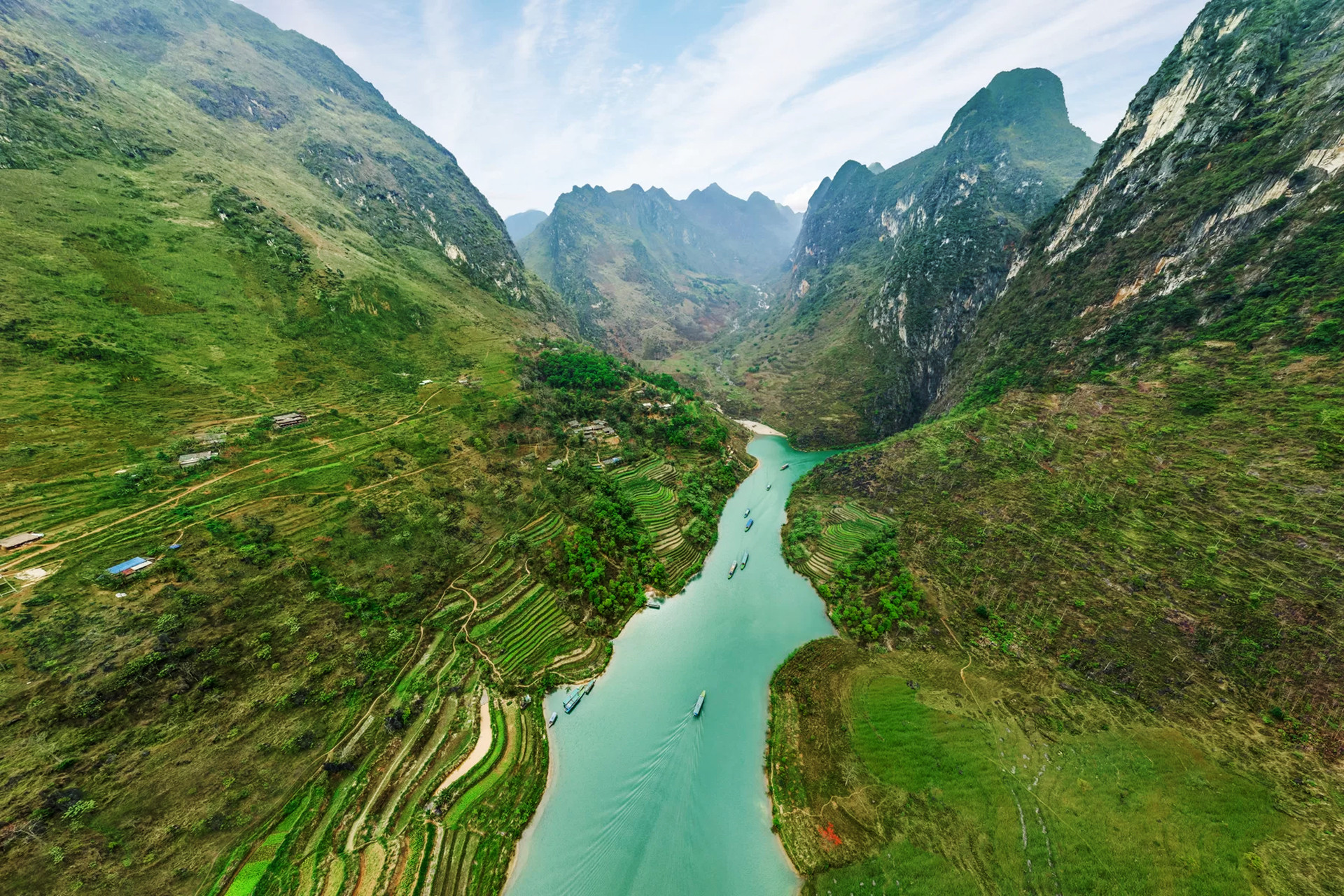
With convenient transportation, tourists can easily experience the majestic beauty and enjoy vacations in Tuyen Quang province after the merger. Photo: XĐ
With the traffic "bottleneck" being removed, when the Tuyen Quang - Ha Giang expressway is completed, it will create momentum for socio-economic development and promote inter-regional tourism. At the same time, tourists can easily experience the majestic beauty of Dong Van Stone Plateau, Lung Cu pillar and eco-resort in Na Hang, My Lam hot spring in the same journey.
Reason for choosing the name Tuyen Quang after the merger
The planned merger of the two provinces is considered a return to a common history but opens up new development opportunities on the existing foundation.
Notably, regarding the naming of the new province and the selection of its administrative center, the draft mentions a number of specific reasons.
Regarding the name of Tuyen Quang province, the draft said that it has followed the list of proposed names of provinces and cities issued with Resolution No. 60 of the 11th Conference of the 13th Party Central Committee.
In addition, the name Tuyen Quang is closely associated with the history of the nation's formation and development, has a cultural tradition, revolutionary history, and is representative. Specifically, Tuyen Quang used to be the "Capital of Resistance", where President Ho Chi Minh and the revolutionary leadership made important decisions in the resistance war against France. This name has become a symbol of the nation's patriotism and will for independence.
Data in 2024 shows that the GRDP growth rate of Tuyen Quang province reached 9.04%, reflecting the dynamism of the local economy. GRDP per capita reached 61.53 million VND, showing that people's living standards are increasingly improving. Tuyen Quang also has strengths in agriculture with specialty products such as Ham Yen oranges, Shan Tuyet tea, along with the development of industry and tourism.
Ha Giang province, with its mountainous terrain, has certain difficulties in economic development. However, the province has maintained stable growth, mainly based on agriculture, forestry and tourism.
The highlight of Ha Giang is the Dong Van Stone Plateau - a Global Geological Heritage, attracting a large number of domestic and foreign tourists. Ha Giang is also famous for the diverse cultural identities of ethnic minorities. However, the economic scale and per capita income of Ha Giang are lower than those of Tuyen Quang.
Looking back at history, in 1976, Tuyen Quang province merged with Ha Giang for the first time, forming Ha Tuyen province. After 15 years, in 1991, these two localities were separated again, re-establishing two provinces including Tuyen Quang and Ha Giang. Thus, after 2 times of "merging and separating", Tuyen Quang province returned to its old name and since then, the administrative boundaries of Tuyen Quang province have not changed.
Vietnamnet.vn
Source: https://vietnamnet.vn/tuyen-duong-doc-dao-dai-177km-noi-2-tinh-tuyen-quang-ha-giang-2399620.html



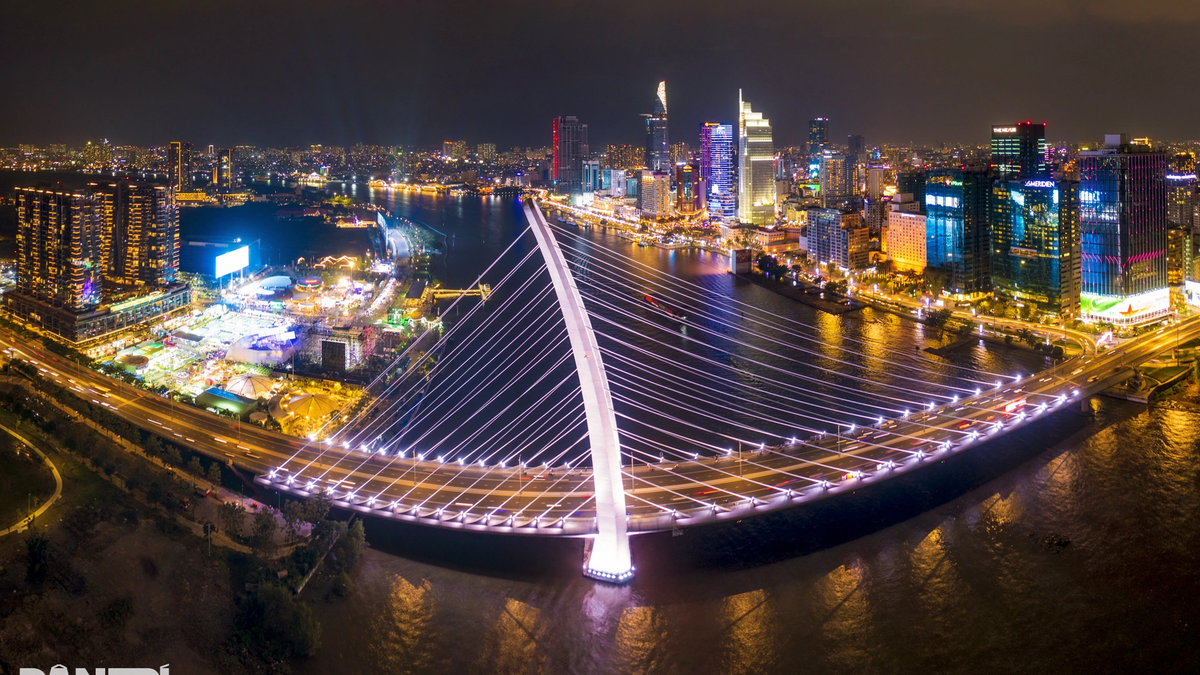
![[Photo] Politburo works with the Standing Committee of the Party Committee of the Fatherland Front and Central organizations](https://vphoto.vietnam.vn/thumb/1200x675/vietnam/resource/IMAGE/2025/9/4/6f23e5c0f576484bb02b3aad08f9d26a)
![[Photo] Prime Minister Pham Minh Chinh chairs the thematic meeting on law making in August 2025](https://vphoto.vietnam.vn/thumb/1200x675/vietnam/resource/IMAGE/2025/9/4/ba42763cd48e4d7cba3481640b5ae367)



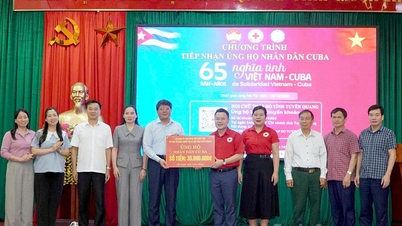

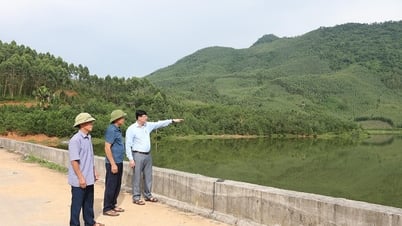
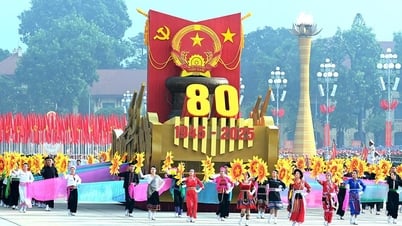



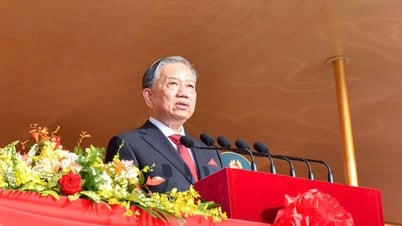







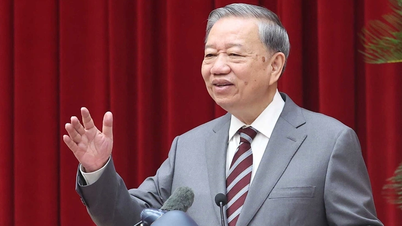




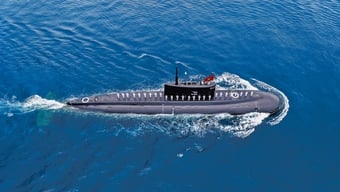







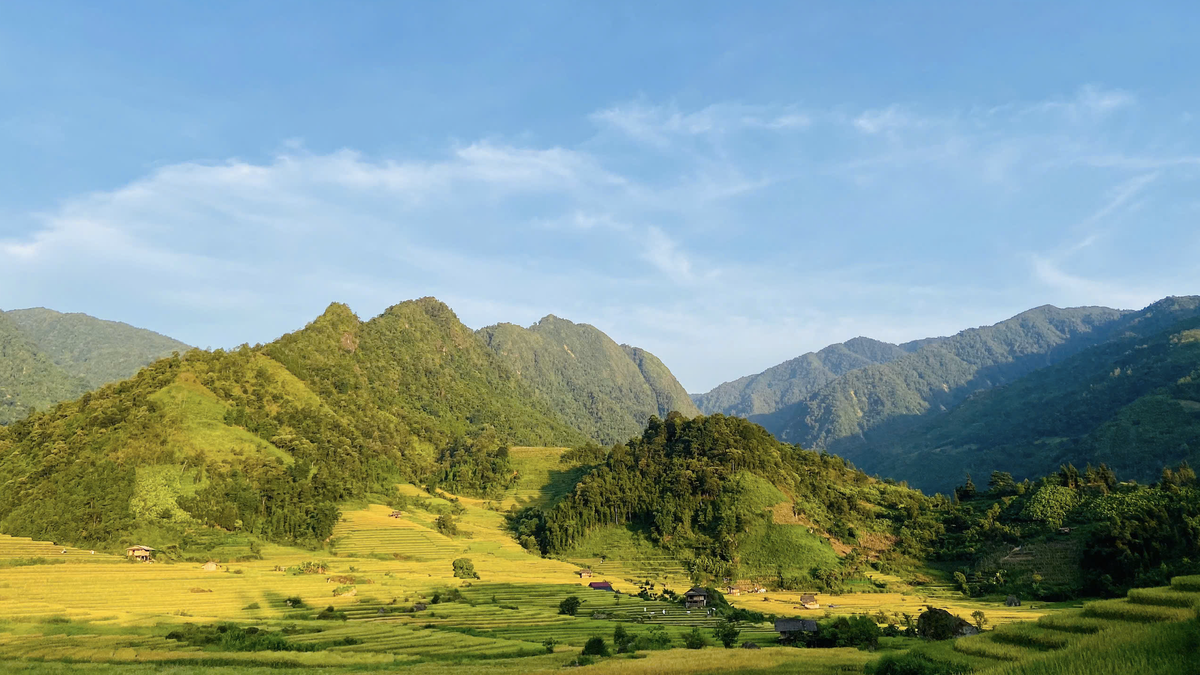







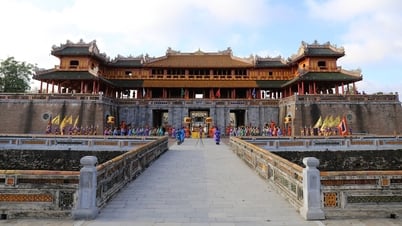

















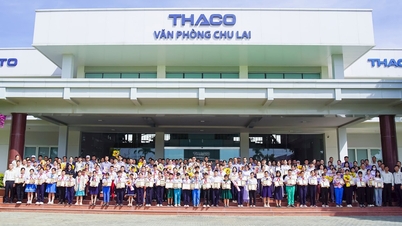




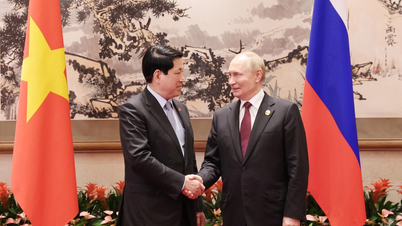
























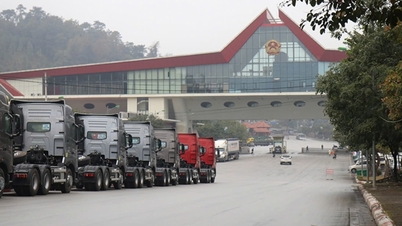









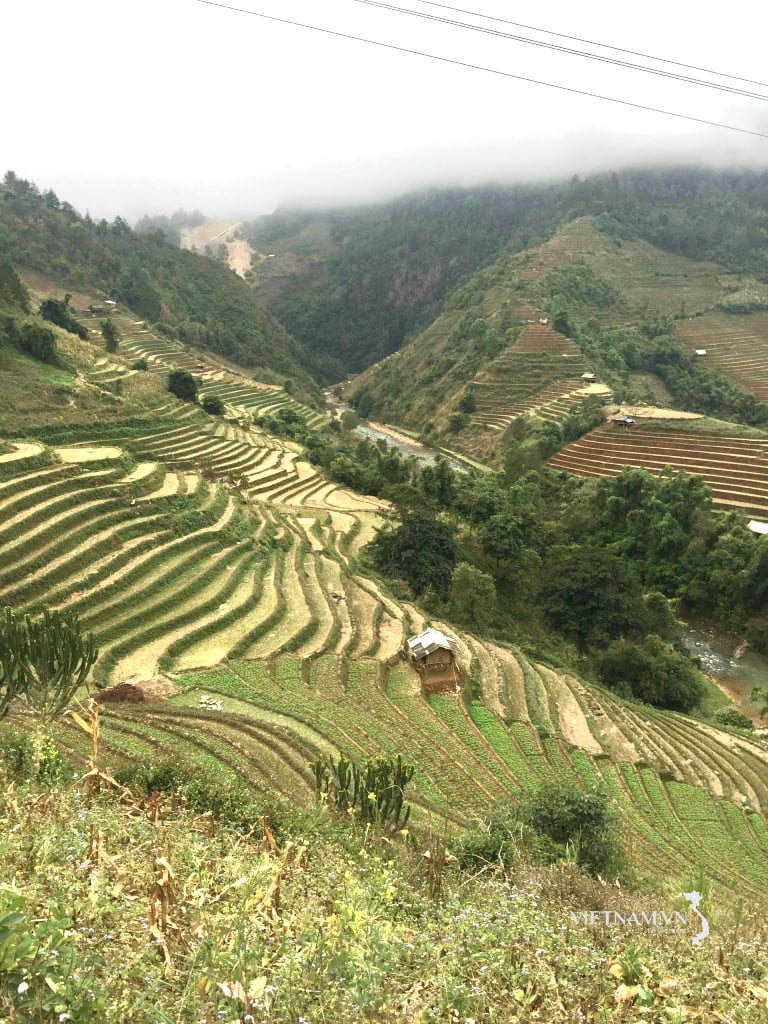
Comment (0)